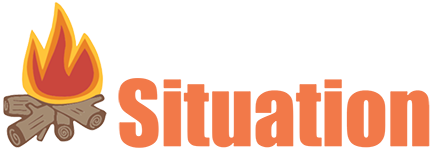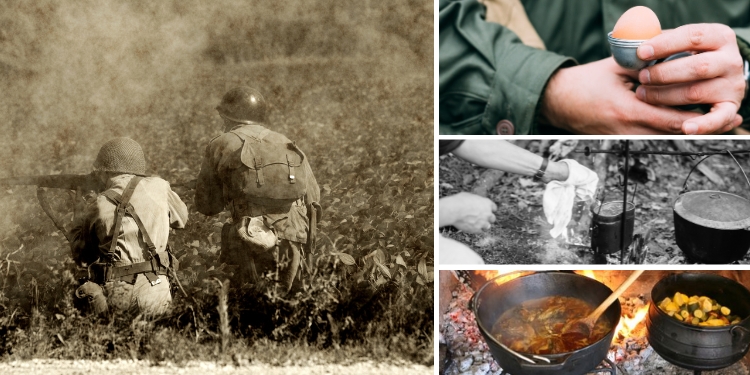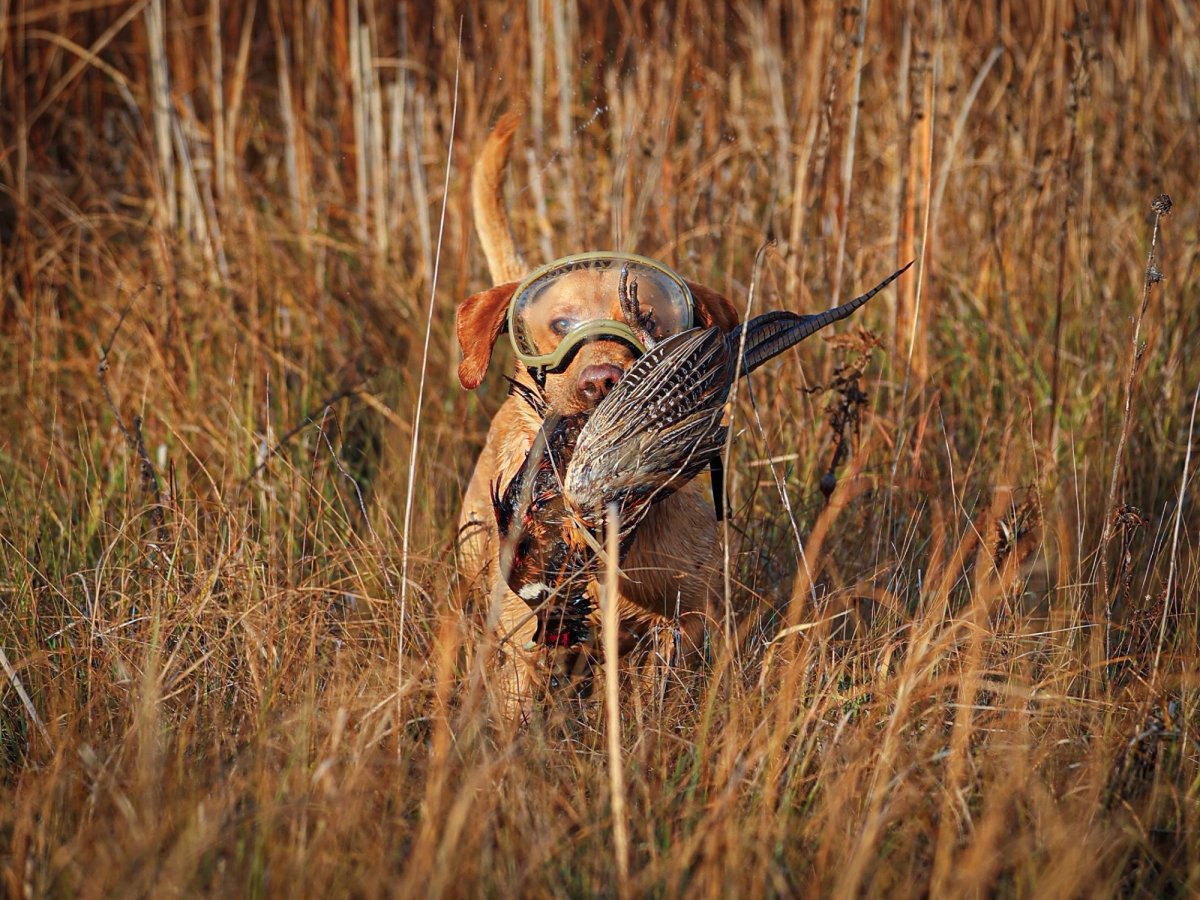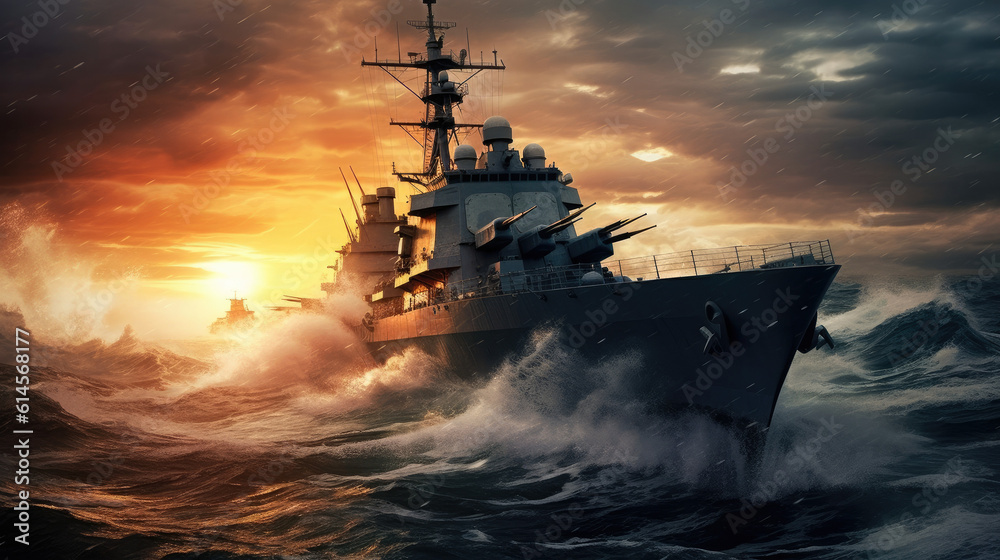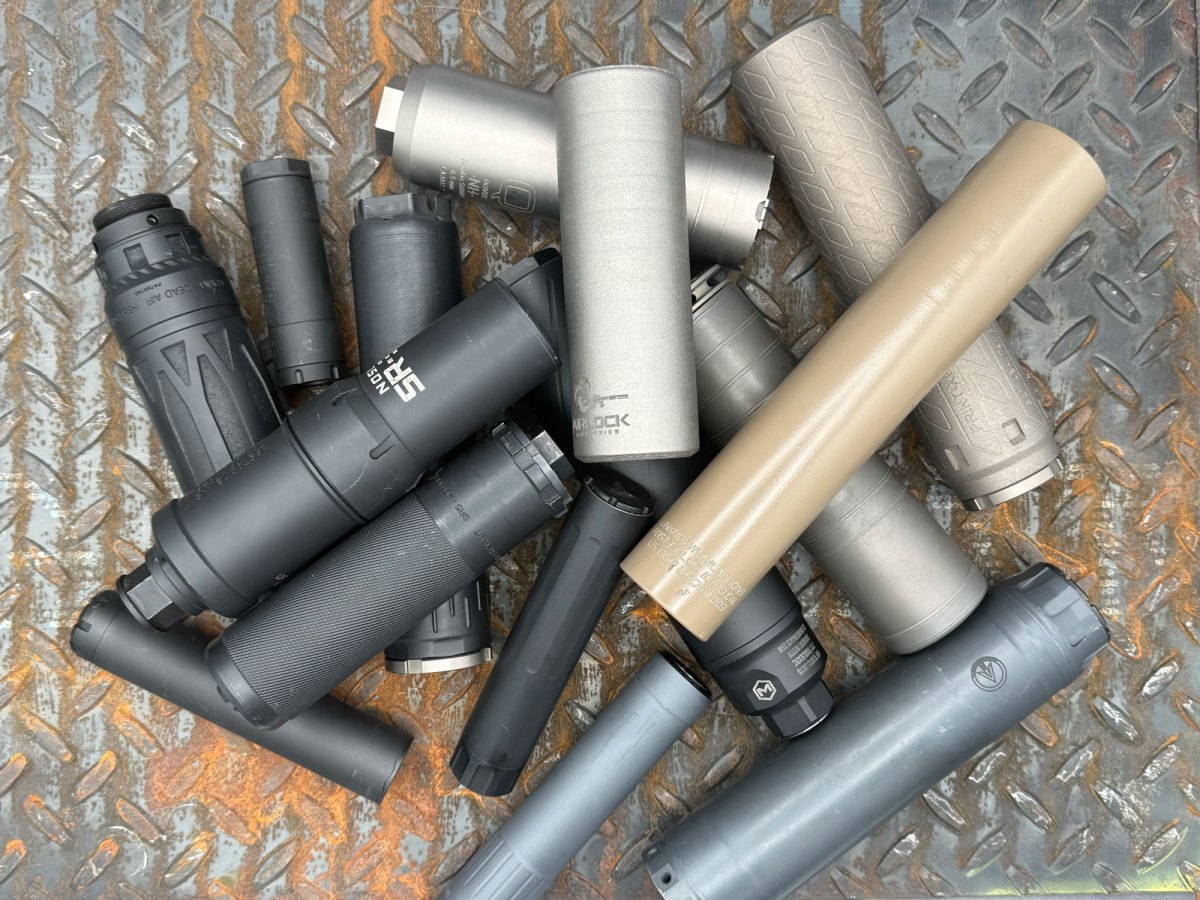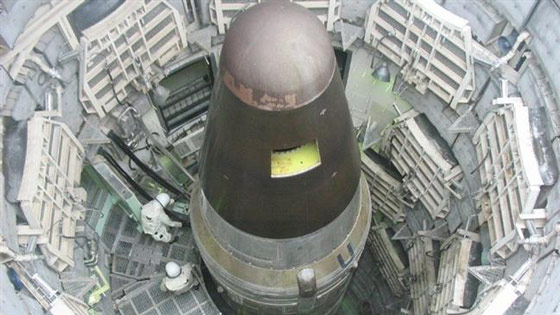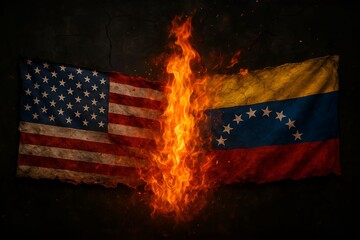Stop Shooting Bears Here; Hunter Education Has Failed Us on Bear Anatomy
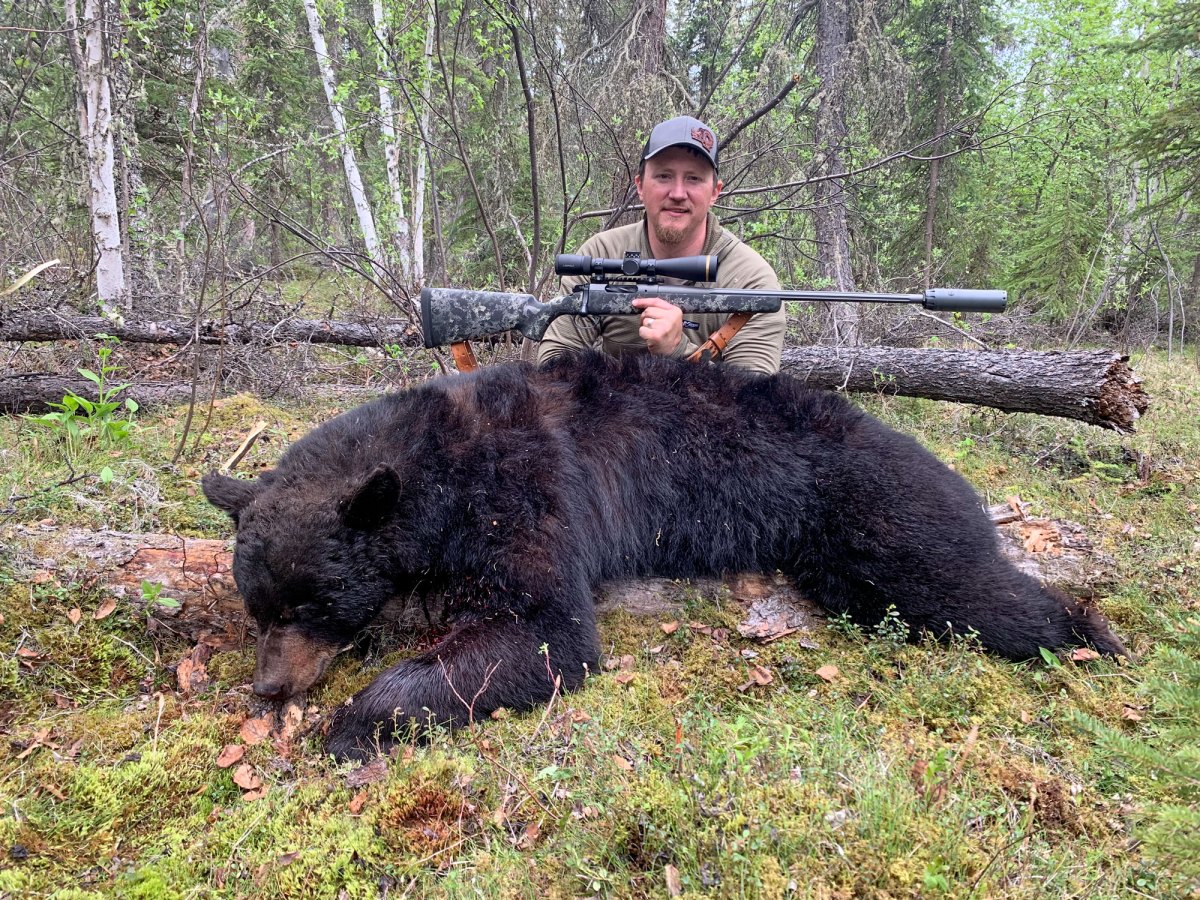
If you’re ever seeking advice on bear hunting you’re likely to hear one of two common, and conflicting, schools of thought. One of these is to aim for a bear’s shoulders to break them down and avoid a lengthy or even dangerous tracking job. I’m not sure how this bogus theory on shot placement has lingered as long as it has — probably because it does work sometimes — but it’s some of the worst shot placement counseling you could possibly receive. And it has everything to do with a bear’s anatomy.
If you’re hunting deer, a broadside shot through both shoulders stands a gambler’s chance of anchoring them in place. But it will also result in a good double-lung or heart shot that will kill the deer quickly even if only one or neither leg is broken. Bears are not built like that though. Where deer have a narrow chest with a brisket that extends forward between the shoulders, bears have a broad chest that sweeps up dramatically from the rear of the leg forward. Depending on the animal’s exact position, there is very little or none of the thoracic cavity covered by the leg or scapula.
Unfortunately, many hunter-ed diagrams do not accurately portray where a bear’s heart and lungs sit. When standing perfectly broadside with even, straight legs, a bear’s heart lays low and several inches behind the back edge of the front leg. The lungs terminate just forward of the rear edge of the front leg, and extend more than halfway back to the front of the hind legs. This is why you’ll hear the other common shot placement advice: “aim for the middle of the middle.”
After seeing more than a hundred bears killed, I can tell you that the second recommendation is much more valid. I prefer to aim halfway between belly and back, and slightly forward of the middle (between the front and rear legs). On a broadside bear, that gives you the largest margin for error and a double-lunged bear will die fast every time. If you learn to visualize where the heart and lungs really sit, you’ll be prepared for any ethical shot angle.
Watch Next: The Best Bear Guns, Chosen By an Experienced Alaskan Grizzly Hunter
Though severing the spine or fully breaking both shoulders can “break a bear down,” as they say, you stand a good chance of missing the vitals entirely. I’ve never lost a bear that was hit too far to the rear, but I have seen a number of bears lost that were shot in the front shoulder, or low and just behind it.
Read the full article here
